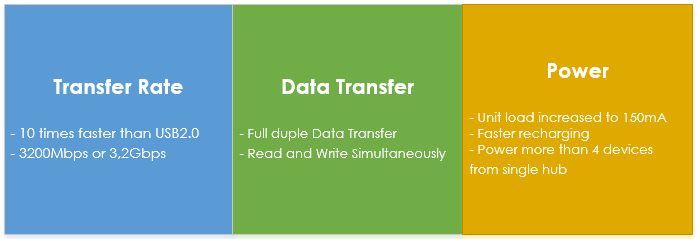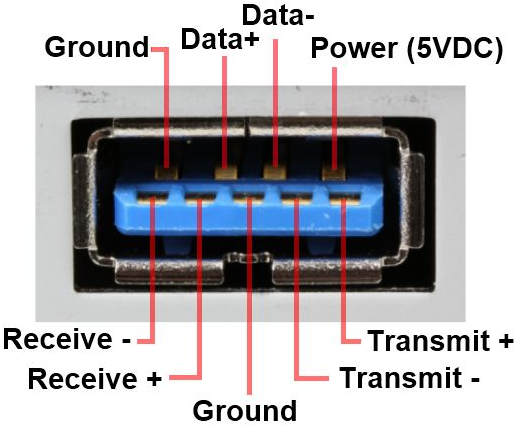Device Overview¶
The Log4.USB is a circuit measurement tool that displays accurate readings of voltage, current, and power while also simultaneously logging all measurement data to a MicroSD card and/or PC. The Log4 is compatible with USB 1.0, USB 2.0 and USB 3.0 connection, allowing faster streaming of data.
Fig. 1 Log4 USB System Diagram¶
At the heart of the Log4 device is a 32bit ARM Cortex M0+ microcontroller which consumes tiny amounts of power while still managing to synchronize numerous simultaneous interactions between peripherals such as the SD card, display, serial data port, and sensing system.
Using a gutsy little processor has enabled the Log4 device to support the writing of standard CSV formatted data to SD card with files sizes only limited by the SD card. If a log of up to 2GB of power, voltage, and current data in a single recording is required, potentially stretching for weeks, then a Log4 device will help to achieve this.
We have worked diligently to create a device which not only connects to a PC but can also be operated as a stand-alone logger with a battery life of up to a week for fast recording rates and continuous measurement display. This is achieved by incorporating a large lithium polymer battery AND one of the latest high speed/low power display technologies called Memory LCD, developed by Sharp Microelectronics.
What is USB3.0?¶
USB3.0 is the current version of the ubiquitous Universal Serial Bus Standard. It allows for SuperSpeed interface providing transfer rates of around 3200Mbps or 3.2Gbps. It also allows for full duplex data transfer, this means the USB3.0 can read and write data simultaneously at full speed. In addition, single device can draw up to 900mA of current, it can also power more than 4 devices from a single hub.

Fig. 2 USB 3 Features¶
Lastly USB3.0 has better power management, polling is replaced by asynchronous notifications. The host no longer need to continuously poll all connected peripheral devices to check if the device has data to transfer. In SuperSpeed USB, the host waits until a higher-level application tells it that there is a peripheral that has data to transfer. Then the host contacts that specific device to check if data is ready for transfer. When both ends of the link are ready, the data is transferred.

Fig. 3 Figure 3 USB 3 Pinout¶
The four connections on top of Fig. 3 (Ground, Data+, Data-, Power) are the pins needed for USB2.0 communication. The two differential pairs (Receive ± and Transmit ±) and one ground are the USB3.0 pins.
Safety Information¶
Please follow these guidelines to avoid injury to the device, property, user, or other. Read all safety information before using this product.
Do not exceed the absolute maximum ratings for the sense input terminals or serial monitor I/O.
Voltage Range |
0-28V |
Current Range |
100uA-3A |
Do not expose the input sense terminals to reverse voltage conditions.
Do not use the Product around explosive gas, vapor or in wet, damp or dusty environments.
Do not touch voltages greater than 30 V AC RMS, 42 V AC peak, or 60 V DC.
Ensure the case does not have any cracks or missing plastic before using the Product.
Do not discard the Product in domestic/Household waste.
Technical Specification¶
Voltage Range |
0-28V |
Current Range |
100uA-3A |
Resolution |
16bit |
Channels 1 |
Channel |
Sampling internal Adjustable |
1ms-60min |
Sensing Architecture |
Integrated |
Support Data Pass-through |
USB 3.0 |
Micro SD card format |
FAT-32 |